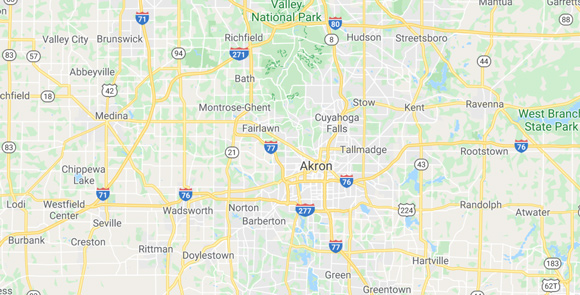- info@Akronanimalattic.com
Call 24/7 for a free quote:
330-615-1538

Attic Animal Pest Akron
We are Akron Animal Attic, a full service wildlife removal company servicing Akron, OH. Wild animals can become a nuisance whatever type of property you have, but we are here to help you deal with any kind of issue that can require the animals to be removed. While the majority of cases we deal with are associated with rodents such as rats, mice or raccoons around a property, we can actually deal with all mammals and lizards that are causing issues. Our friendly team are always available to discuss your situation and to give you an indication of the cost of the animal removal work. Dealing with an animal infestation efficiently is our priority, and our animal removal experts begin with a detailed check of the property to identify the species present and to find how and where the animals are getting in and out. They are then fully trained in the latest techniques on how to deal with pest animals as quickly as possible, and have the latest animal removal equipment on hand. Dealing with the risk of disease that comes from the feces and debris from an animal infestation is also vital, so we also fully clean and sanitize the areas where the animals have been active. Call us now at 330-615-1538 for a solution to your wild animal problem.
About Pest Animal Akron and Our Services:
We repair wildlife damage and prevent re-entry.
We offer attic cleanup and sanitation services.
Specializing in wildlife only - no poisons.
Fully Ohio licensed and insured.
Licensed and insured in Ohio
Akron rat control and rodent removal
Bat control in Akron - removal from attics
Raccoon and skunk removal in Akron
Removal of animals in the attic, like squirrels.
Our Service Range

Our Service Range
Cuyahoga Falls, Stow, Barberton, Hudson, Twinsburg, Fairlawn, Macedonia, Green, Northfield, Norton, and many more!Akron Wildlife Removal Tip of the Month: How does a snake smell their environment?
All animals have sensory organs which helps them to navigate around their environment. For other animals, they have well-defined nostrils that they use in picking up food scent. However, for snakes, their nostrils are not developed for smelling. Snakes use their nostrils to absorb oxygen from the environment into their lungs. To be able to smell, they make use of a different part of their body in smelling their environment.

Most species of snakes have poor eye sights and they rely on their sense of smell to be able to move about and perform other tasks. Without nostrils present for smelling, snakes make use of their tongues to smell their environment and move about.
They flick their tongue out of their mouth and in the process gather information on their environment which they use in mobility. The Jacobson’s organ is an organ present at the top of the mouth of a snake. When a snake sends out its tongue, it picks up scent and odor from it surrounding and sends the tongue back into the mouth. Inside the mouth, the tongue gets inserted into the Jacobson’s organ where the scent is processed. The brain is then informed of the nature of the scent which allows it to act accordingly.
With the information from the Jacobson’s organ, the snake performs a lot of tasks which includes feeding, mating, or defense and movement. To feed, the snake smells the environment, and if there is a prey nearby, the snake traces the prey using its scent which allows it to position itself to attack its prey. Snake rely heavily on the sense of smell to track down prey and they use their tongues in doing so. It is believed that a snake can smell a prey from more than 20 feet away and can tell what type of animal it is by merely using its tongue.
The tongue is usually moist, which makes it easy to taste the air around and collect chemicals which are sent to the brain for identification. It is important to note that snakes are not the only animals with the Jacobson’s organ, animals such as horses, salamanders, cats, turtles, and lizards all have the Jacobson’s organ. But of all these animals, only the snake and lizard use their tongues in tasting their environment and processing the information through this organ.
Some snakes are also capable of getting information of their environment by the aid of heat sensors in their body. Pythons and vipers, for example, can monitor the heat that is generated by the presence of other animals. They use this information in tracking down the heat source and if it happens to be a prey, they can position themselves properly to attack it.
Without the tongue on a snake, it wouldn’t be able to carry out its activities properly. It will be almost impossible to understand its surrounding which will make it impossible, for it to move, feed, mate, or defend itself from other predators in the wild.
Other Wildlife Control Akron information
- Will an opossum under a shed or porch have a nest of babies?
- Are Relocated Rodents Capable Enough To Survive?
- Do Raccoons Attack Rats and Mice?
- DO BATS HAVE CAPABILITY TO WALK?

